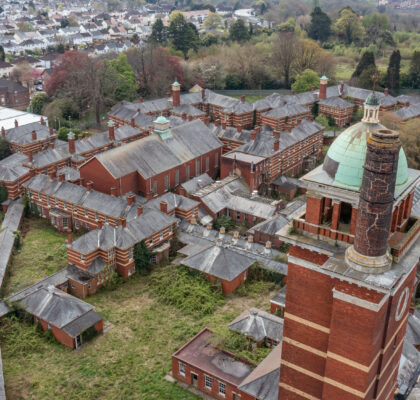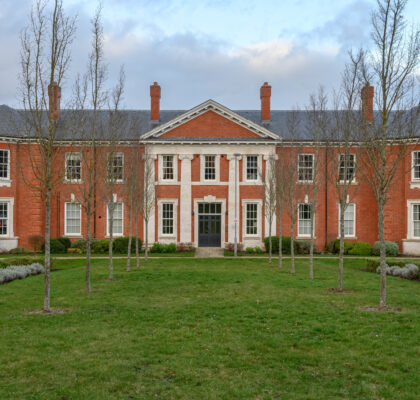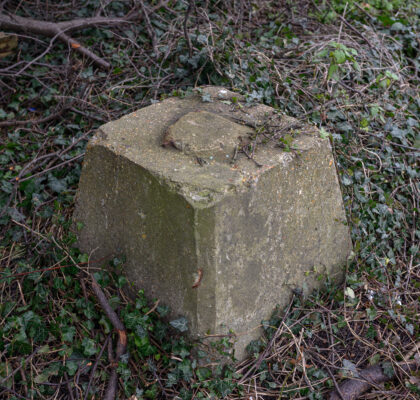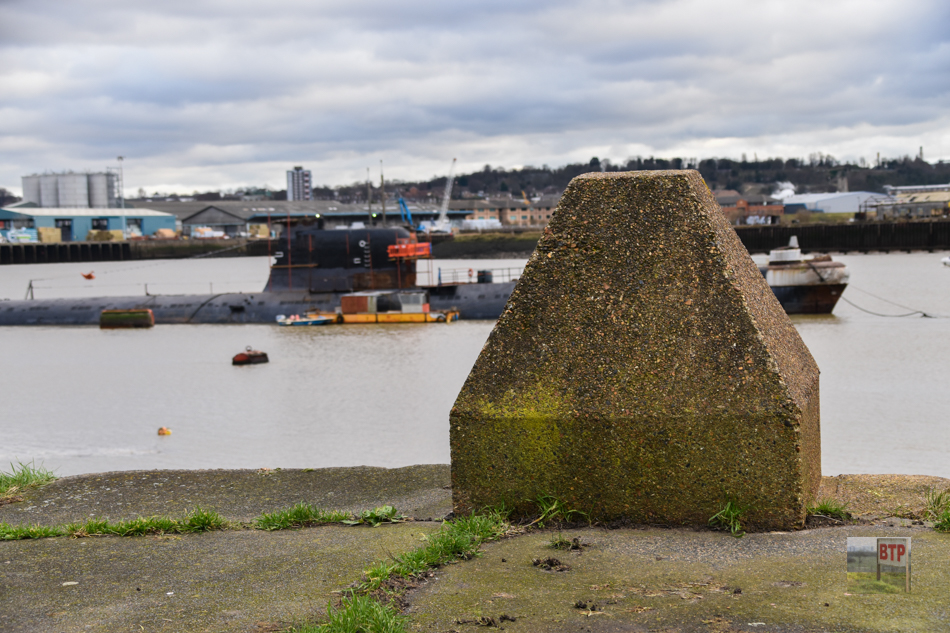
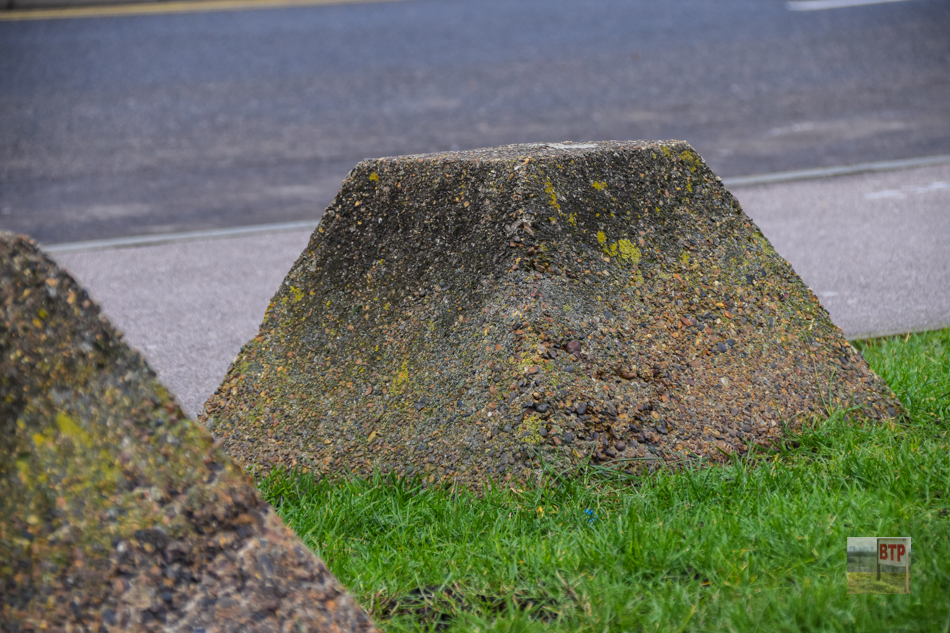
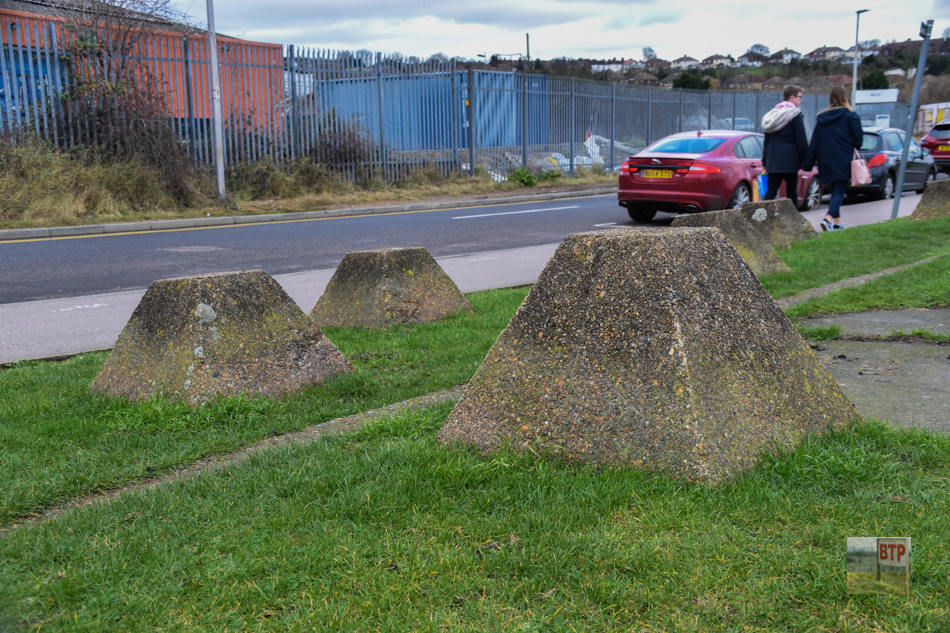
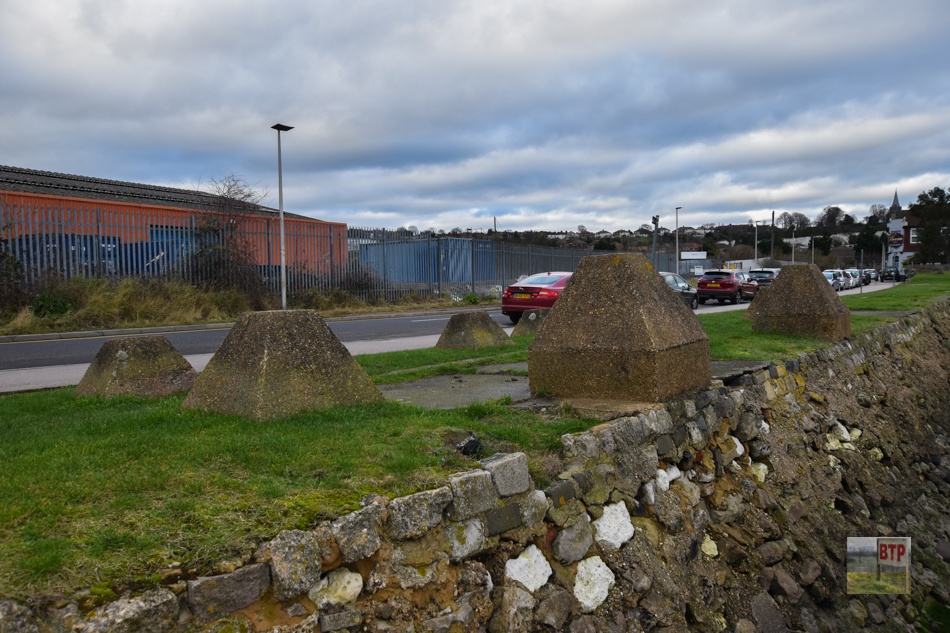
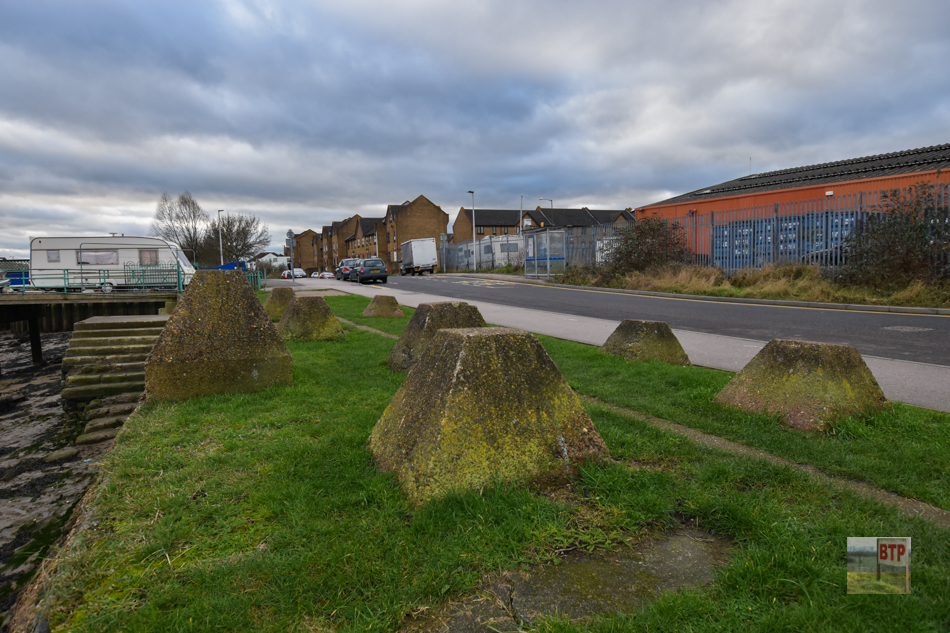
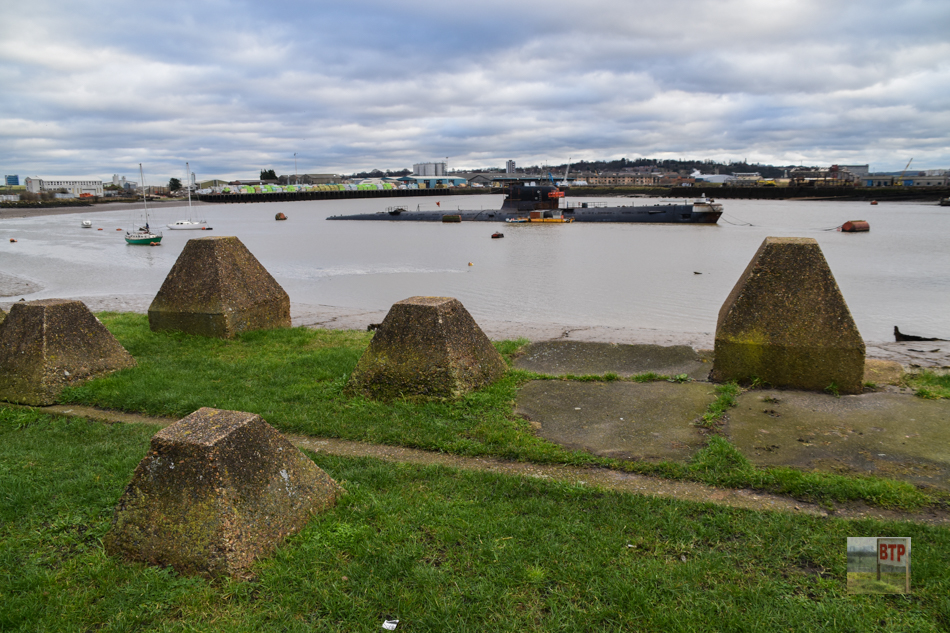
Down Canal Road in Strood lies these anti-tank defences. Built at the start of the Second World War, they were intended to slow down any tanks trying to get onto British soil. On the battlefields, anti-tank traps would have lead tanks and other military vehicles down specific routes where they would encounter mines and other deadly traps. In the UK they were used a precaution, mainly along coastal areas, to stop anything being offloaded from ships. Being relatively simple to make, these ones along with many others still survive – these ones are funnily enough right opposite a submarine!
This entry was posted in Location Report
